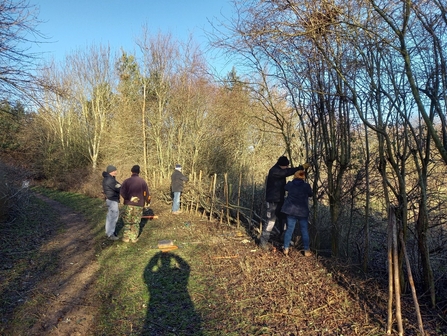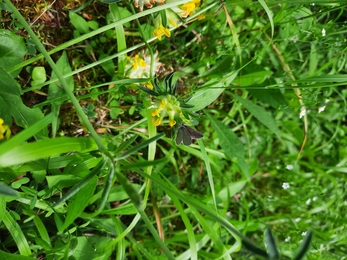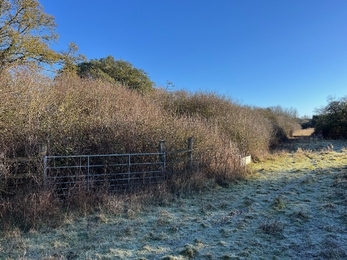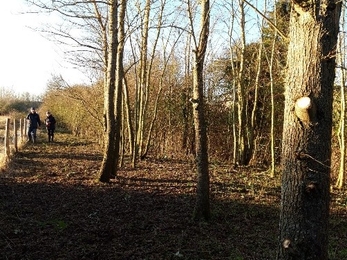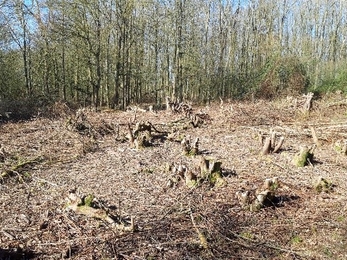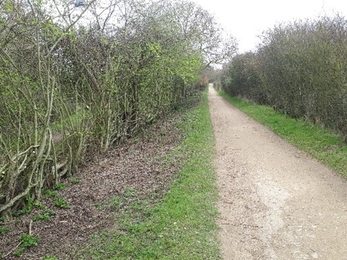East Cambridgeshire Reserves - Mark Ricketts, Reserves Manager (East Cambs)
Fleam Dyke
Since the Wildlife Trust BCN acquired Fleam Dyke, most of the practical work has been on the now ex-arable land that we are turning into chalk grassland. This winter we received the required consent from Natural England to start working on Fleam Dyke itself.









